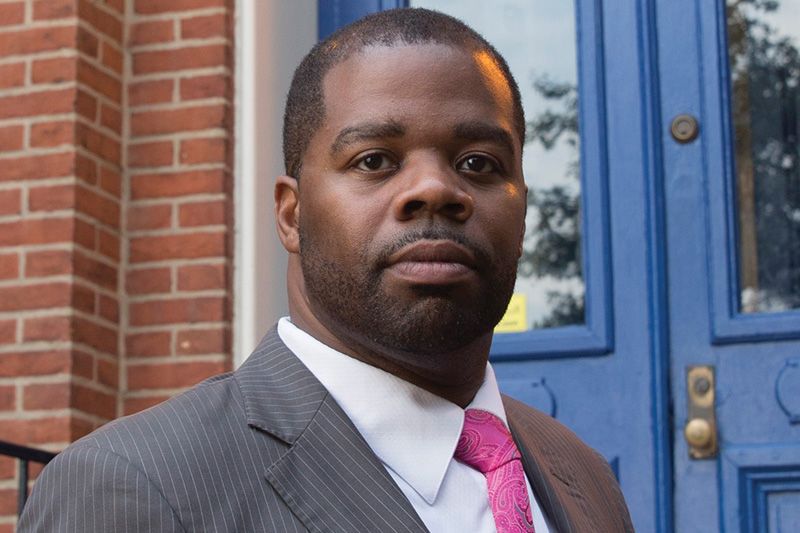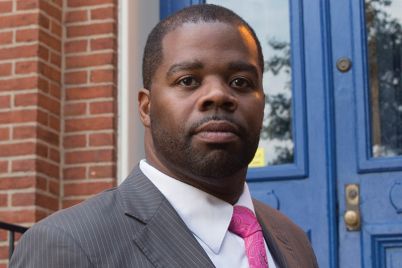BY REV. DORAL PULLEY, Today’s Church Tampa Bay
“When you stand praying, forgive” (Mark 11:25)
Standing is a powerful prayer posture. Not only did Jesus, the Perfect Pattern, lay prostrate to pray, he also stood in prayer and taught his disciples to do the same. Standing in prayer demonstrates your ability to stand up for yourself, aware that you can talk to God directly, just as Jesus did. There are several biblical examples of Jesus, the son of God, praying directly to his Father with the confidence that God would hear and answer his prayers.
On the cross, Jesus prayed to his Father (Matthew 27:45-46, Luke 23:34, 46). When he declared, “It is finished,” he meant that the work of reconciliation between humanity and divinity was accomplished (John 19:30). Jesus also manifested finished work through the veil in the temple that was rent from top to bottom (Matthew 27:51). The torn veil symbolized that God and creation are one and are no longer separated. It signifies that the children of God no longer need a priest to intercede on their behalf; they can take their stance and go directly to God for themselves.
Part of Jesus’ purpose was to serve as mediator and intercessor to reconcile you back to God. Once you are reconciled to God and become one with God, you no longer need a mediator. Just like a separated couple, no longer needs a counselor once they restore their marriage. When you redeem your relationship with God through Christ’s example, you no longer need an advocate or a lawyer. Just as a person on trial no longer needs a lawyer once they are acquitted, you can stand in the assurance that God answered your prayers because God forgives you and you forgive yourself.
Using the Prayer Tool of Forgiving as symbolized by the vice grip pliers, forgive yourself for anything in your past that causes you to feel that you can’t stand up for yourself and talk directly to God. “When you stand praying, forgive (Mark 11:25).”
Standing is a powerful prayer posture. Not only did Jesus, the Perfect Pattern, lay prostrate to pray, he also stood in prayer and taught his disciples to do the same. Standing in prayer demonstrates your ability to stand up for yourself, aware that you can talk to God directly, just as Jesus did. There are several biblical examples of Jesus, the son of God, praying directly to his Father with the confidence that God would hear and answer his prayers.
On the cross, Jesus prayed to his Father (Matthew 27:45- 46, Luke 23:34, 46). When he declared, “It is finished,” he meant that the work of reconciliation between humanity and divinity was accomplished (John 19:30). Jesus also manifested finished work through the veil in the temple that was rent from top to bottom (Matthew 27:51). The torn veil symbolized that God and creation are one and are no longer separated. It signifies that the children of God no longer need a priest to intercede on their behalf; they can take their stance and go directly to God for themselves.
Part of Jesus’ purpose was to serve as mediator and intercessor to reconcile you back to God. Once you are reconciled to God and become one with God, you no longer need a mediator. Just like a separated couple, no longer needs a counselor once they restore their marriage. When you redeem your relationship with God through Christ’s example, you no longer need an advocate or a lawyer. Just as a person on trial no longer needs a lawyer once they are acquitted, you can stand in the assurance that God answered your prayers because God forgives you and you forgive yourself.
Using the Prayer Tool of Forgiving as symbolized by the vice grip pliers, forgive yourself for anything in your past that causes you to feel that you can’t stand up for yourself and talk directly to God.
Rev. Doral Pulley is the senior pastor of Today’s Church Tampa Bay, 940 5th Ave. S, St. Petersburg (Staybridge Suites) and 5107 North Central Ave., Tampa.






